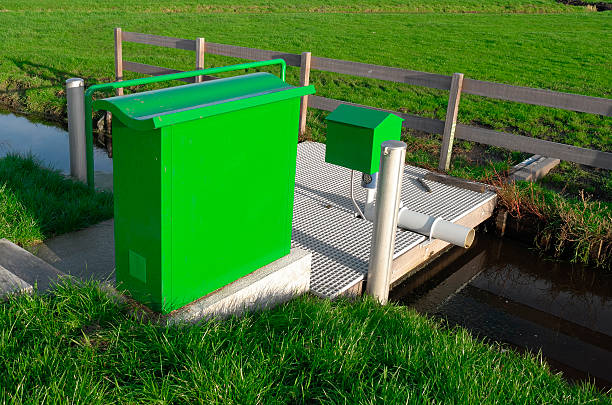Effective drain management is not just about maintaining infrastructure—it’s a crucial component of environmental protection and sustainability efforts. By implementing green solutions in drain management practices, we can mitigate pollution, preserve natural habitats, and safeguard our precious water resources. This article explores the importance of environmentally friendly drain management and highlights the innovative approaches that contribute to a healthier planet.
I. The Environmental Impact of Drain Management
Proper drain management goes beyond preventing blockages and ensuring efficient water flow. It also plays a significant role in environmental conservation:
Pollution Prevention: Efficient drain systems prevent pollutants such as oils, chemicals, and debris from entering water bodies, thereby preserving water quality and aquatic ecosystems.
Habitat Preservation: By managing drains effectively, we can reduce the risk of habitat destruction caused by flooding and erosion, protecting the biodiversity that relies on healthy waterways.
II. Green Solutions in Drain Management
In recent years, advancements in technology and awareness have led to the development of eco-friendly practices in drain management:
Sustainable Infrastructure: Investing in green infrastructure such as permeable pavements, green roofs, and bioswales helps manage stormwater runoff naturally, reducing the burden on drain systems and filtering pollutants before they reach water bodies.
Use of Eco-Friendly Materials: Replacing traditional drain materials with eco-friendly alternatives like recycled materials or biodegradable filters minimizes environmental impact during construction and maintenance.
III. Community Engagement and Education
Public Awareness Campaigns: Educating communities about responsible waste disposal, the impact of drain pollution, and the benefits of green drain management practices encourages public participation and support for environmental initiatives.
Citizen Science Programs: Engaging citizens in monitoring water quality and reporting drain issues promotes a collaborative approach to environmental stewardship and encourages proactive maintenance efforts.
IV. Regulatory Policies and Industry Standards
Environmental Regulations: Stringent regulations and standards for drain management ensure compliance with environmental laws, promoting sustainable practices and accountability among stakeholders.
Certification and Training Programs: Certifying professionals in eco-friendly drain management practices and providing ongoing training helps maintain high standards of environmental stewardship within the industry.
Conclusion:
Green solutions in drain management are instrumental in protecting our environment and promoting sustainable development. As we continue to innovate and prioritise environmental sustainability, the integration of green solutions into drain management practices will be essential. Together, especially with the help of professionals like Drainage Care, we can create a cleaner, healthier planet where responsible stewardship of our water resources is a top priority. Embracing these principles not only benefits the environment but also strengthens our communities and fosters a more sustainable future.
